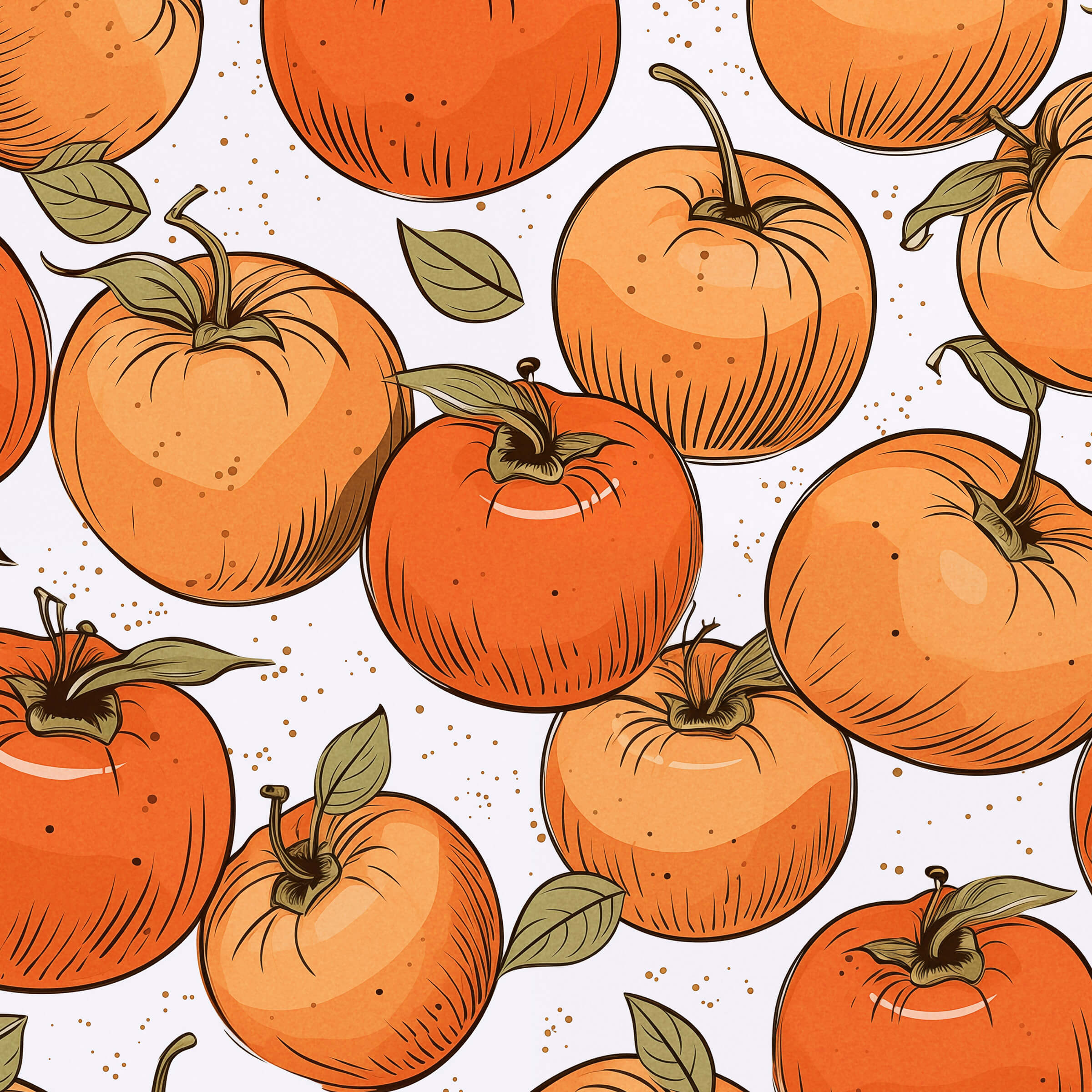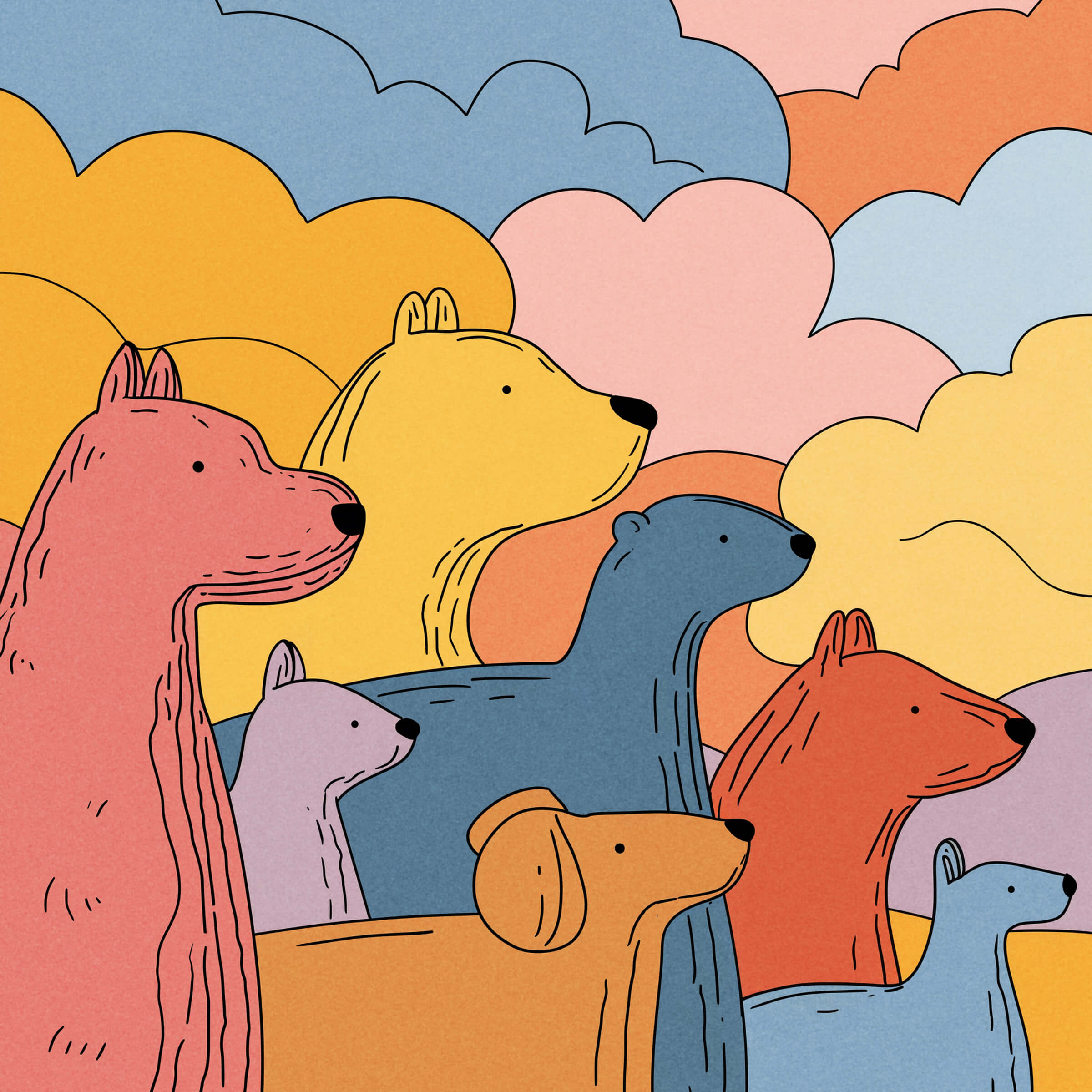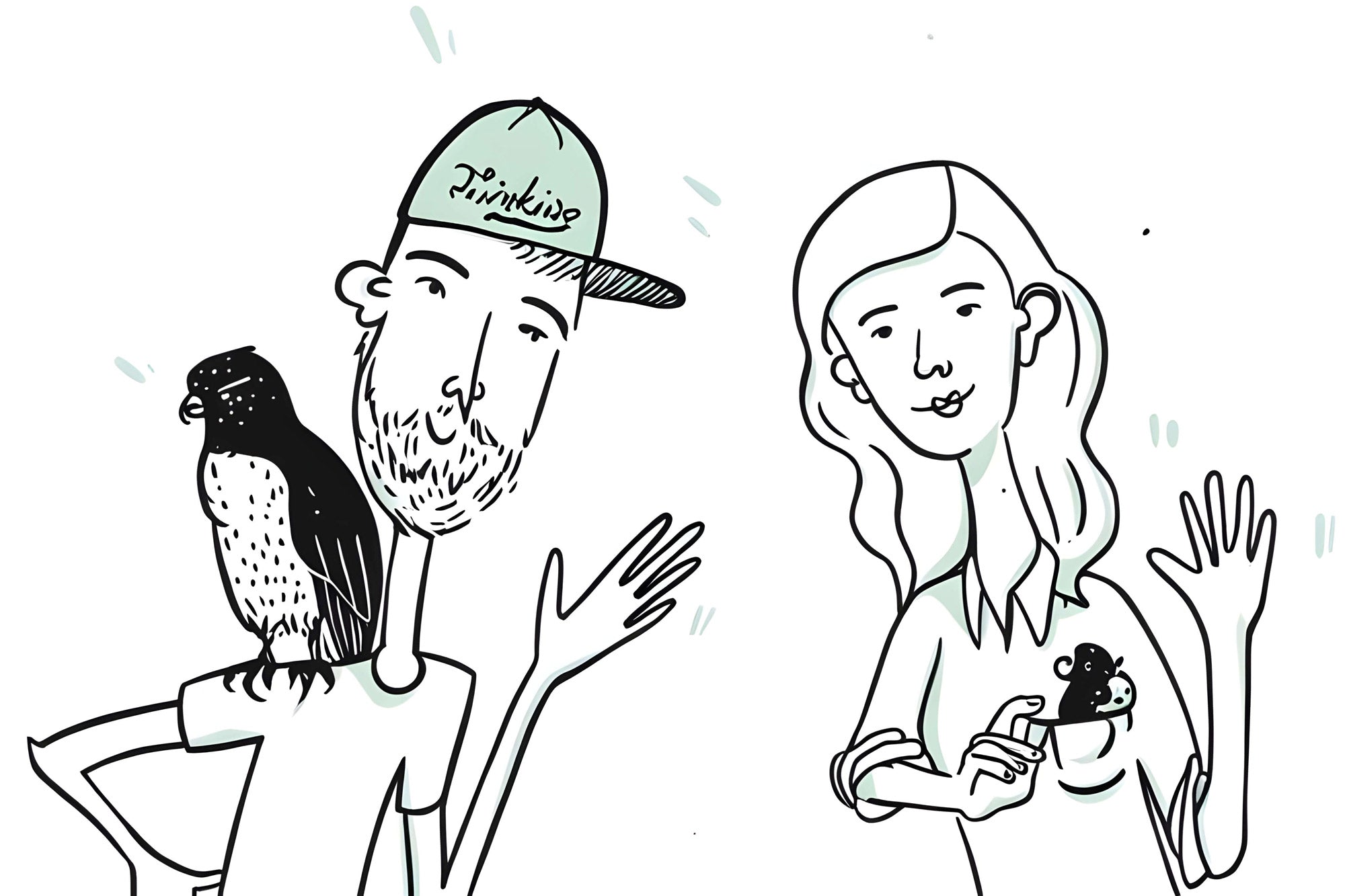
Sassy, Sweet & Surprising Fun Facts About Persimmons
Welcome to the enchanting world of persimmons, where each fact is as delightful as the fruit itself! These vibrant fruits bring a mix of taste, tradition, and trivia that's both fascinating and a little bit quirky. Let's unwrap some amazing persimmon facts, ripe for your discovery.
1. Unripe Persimmons Can Numb Your Mouth
Biting into an unripe persimmon isn't just a sour experience, it's a numbing one! This is due to the tannins present in the fruit, which are astringent and can dry out your mouth in an instant. These tannins diminish as the fruit ripens, transforming the persimmon into a sweet and enjoyable treat.
2. Persimmons Were First Cultivated in China Over 2,000 Years Ago
Originating in ancient China, persimmons have a rich history stretching back millennia. They journeyed from China to Japan and Korea, becoming a staple fruit in these cultures. The kaki persimmon, the variety most commonly found in markets, owes its origins to these ancient beginnings.
3. The Hachiya Persimmon Is Known for Its High Astringency
The Hachiya persimmon stands out for its extreme astringency when unripe. This variety, popular in Japan, is easily recognizable by its heart shape, contrasting with less astringent varieties like the jiro or fuyu persimmon.
4. Persimmons Are the National Fruit of Japan
In Japan, persimmons are more than just a fruit; they are a cultural icon of autumn. This status is akin to that of pumpkins in the United States, symbolizing the season with their bright, orange hue. The official variety cherished in Japanese culture is the kaki persimmon (the old-school variety mentioned earlier).
5. 'Chocolate Persimmon' Has Brown Flesh and Is Highly Prized
The "chocolate persimmon," known in Japan as goma, is unique for its brown flesh and is highly sought after. This variety's distinctive color and flavor set it apart from other persimmons, making it a rare and special find.
6. Persimmons Are Technically Berries
Despite their appearance, persimmons are morphologically classified as berries. This botanical classification may come as a surprise, given their size and texture, which are more commonly associated with traditional fruits.
7. American Persimmons Are Also Known as 'Possum Apples'
The American persimmon, or Diospyros virginiana, has various nicknames including 'possum apples' and 'sugar plum'. This species is native to a wide swath of North America, cherished for its fruit and wood since prehistoric times.
8. American Persimmons Evolved During the Pleistocene Era
The American persimmon has a legacy dating back to the Pleistocene era, co-evolving with megafauna like the North American elephant. Studies show that persimmon seeds passed through the gut of modern elephants germinate more effectively, hinting at this ancient ecological relationship.
9. Persimmon Seeds Were Used as Coffee and Buttons During the Civil War
During the American Civil War, persimmon seeds had the unusual dual purpose of serving as makeshift buttons and as a coffee substitute. Roasting and grinding the seeds provided a creative solution to wartime shortages. If you’re curious (of course you are!), other stuff used as a coffee substitute included: peanuts, chicory, sweet potatoes, carrots, dandelion root, acorns, okra seeds and beets.
10. Ozark Folklore Uses Persimmon Seeds to Predict Winter Weather
According to folklore in the Ozarks, the shape of a persimmon seed's kernel can predict the severity of the upcoming winter. A spoon shape suggests heavy snow, while a fork shape indicates a milder season. You really can’t argue with that logic.
11. Persimmon Tree Heartwood Is Considered True Ebony
The heartwood of the persimmon tree, which can take nearly a century to cultivate, is regarded as true ebony (aka Ceylon ebony). This wood is valued for its dense, dark, and durable quality, making it a sought-after material. So sought after in fact, it’s considered ‘vulnerable’ by the IUCN.
12. The Diospyros Genus Includes Over 700 Species
The persimmon belongs to the Diospyros genus, which encompasses over 700 species. These species are diverse, ranging from those valued for their timber, known as ebony trees, to those celebrated for their fruit.
13. Diospyros Nigra Tastes Like Chocolate Pudding When Ripe
The Diospyros nigra persimmon, native to Mexico, is renowned for its chocolate pudding-like taste and consistency when ripe. However, its unripe form is highly astringent, to the point of being used as fish poison in the Philippines.
14. Persimmons Have a Multifaceted History in the Middle East
In the Middle East, during Roman times, different parts of the persimmon tree served various purposes. The tree's dry branches, sap, and leaves or seeds were used to make incense, poultices, and oil, respectively, showcasing the tree's versatility.
15. Persimmon Oil Is an Effective Bait for Trapping Wildlife
The scent of persimmon oil has the unique ability to attract a variety of animals, including possums, skunks, raccoons, and even bears. Its strong aroma makes it an effective lure in trapping these creatures… if that’s your game.
16. Unripe Persimmons Are Used to Make Natural Dyes in Japan
In Japan, the unripe persimmons are not wasted; they are fermented to create Kakishibu, a traditional natural dye. This process showcases the fruit's versatility beyond its culinary uses. Oh, and it’s a lovely dark amber color if you’re wondering.
And with that, our exploration of persimmons comes to a delightful close. From ancient origins to modern-day uses, these fascinating fruits (or… uh… berries?) have woven their way through history and culture. Whether they're predicting the weather or adding a unique twist to your dessert, persimmons are a testament to the fun and intrigue found in nature's bounty. If you're hungry for more fun facts, check out our other posts on fascinating fruits & veggies!





